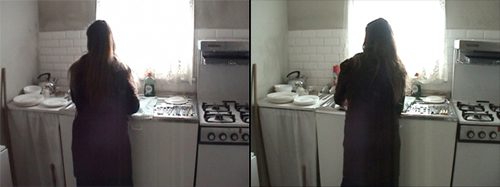
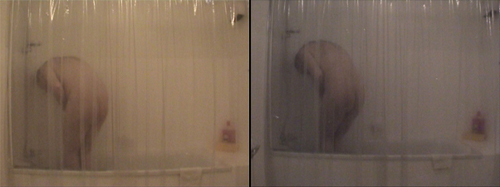
Gregor Schneider, ‘Die Familie Schneider’ (2004)
Die Familie Schneider took place in neighbouring, identical houses – 14 and 16 Walden Street, London. The houses were open by appointment only and visitors – always two at a time – collected the front door keys from a small office on the same street. One visitor entered 14 Walden Street alone, whilst the other entered the neighbouring house.
In each was an identical woman, perpetually washing the same dishes; in each was a child, or a child-like person – wrapped placidly within a plastic bag; and in each was a man in a shower, engaged in a stark and lonely act of masturbation. After a period of ten minutes, the visitors emerged, exchanged keys and entered the second house.
At no time was there ever more than one visitor in each house.
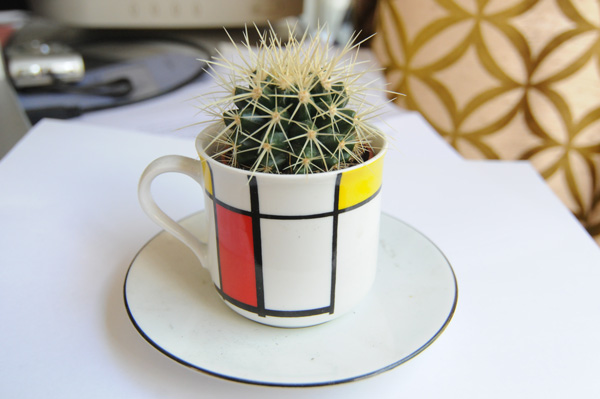

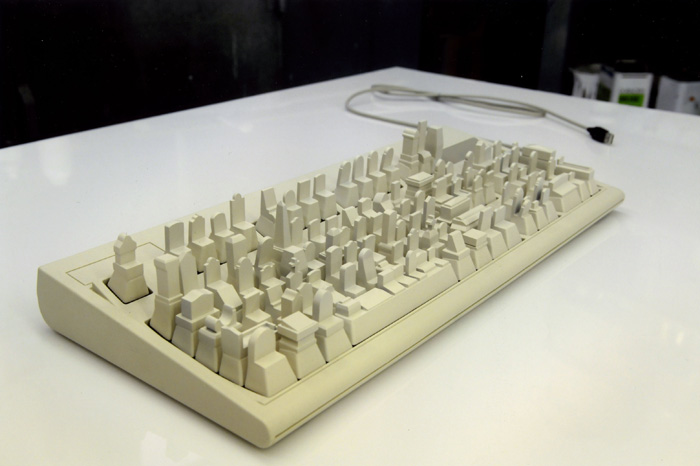
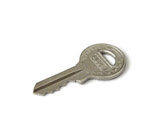
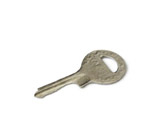

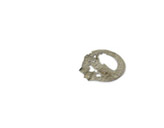


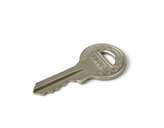

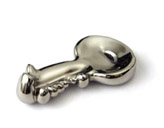
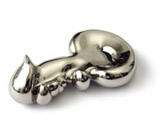
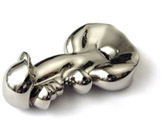



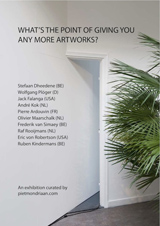
Daniel Bejar
Daniel Bejar, ‘The visual topography of a generation gap’ (2006 – now)
A copy was made from Bejar’s original apartment key, then a copy was made from that copy. This process was repeated until the original keys information was destroyed, resulting in the topography of a generation.